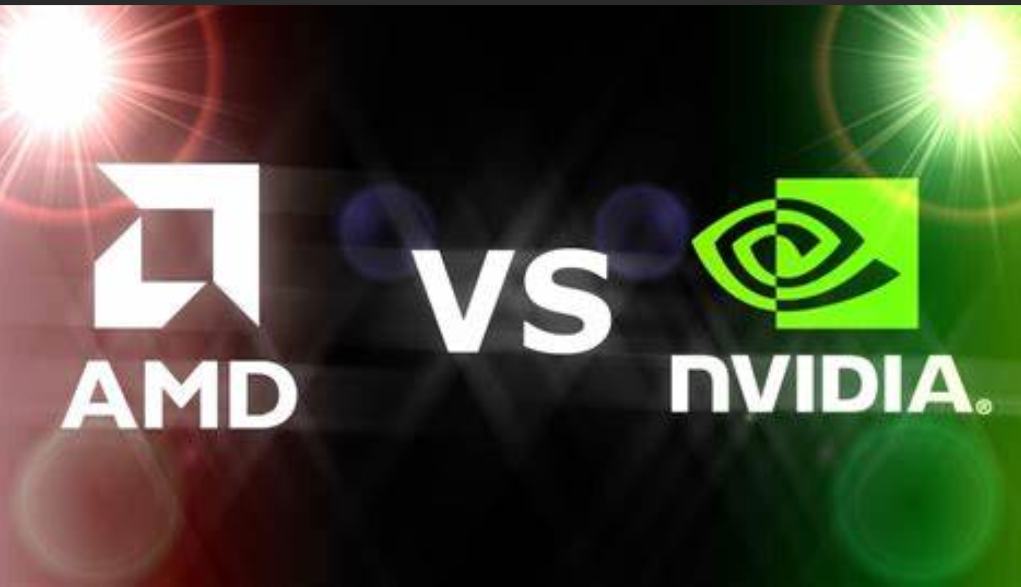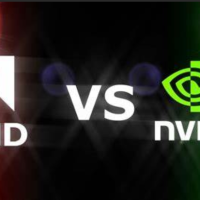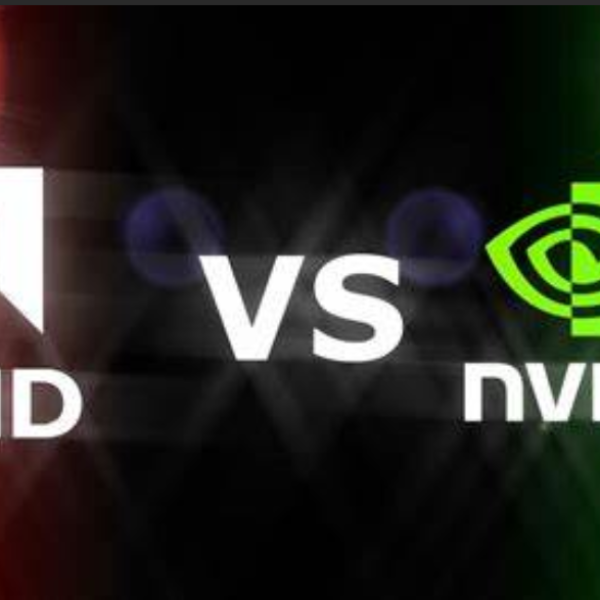- Last modified: May 16, 2024
The battle between the two AI tech titans, NVIDIA and AMD, ensues head-to-head in an epic contest of who can come up with the most powerful and advanced processors for AI applications. With AI being pervasive, it is important for the business and consumer communities to understand the relative strengths and differences between these two technology titans.
Revolutionary GPU Inventions by NVIDIA
Headquartered in Silicon Valley, NVIDIA was founded in 1993 and is known for the leading GPUs — initially for gaming and professional visualization. Nevertheless, these GPUs are hugely performant and have been utilized as an effective way to accelerate AI computations, so NVIDIA is a powerhouse in the AI revolution. That is to say, the NVIDIA GPU is known in the AI chip market because of its parallel processing ability, which enables it to process many instructions simultaneously to perform intensive and big calculations, a feature pivotal to AI workloads. This factor has driven NVIDIA to the top position in the AI chip market for broad acceptance by tech giants such as Google, Microsoft and Amazon in the field of their AI and machine learning applications.
AMD’s Chips
Founded in 1969, AMD is a semiconductor company whose CPUs have, for quite some time, been known to PCs and servers. While it has been an underdog to Intel in the CPU market, especially over the last few years, the company has made impressive leaps in the field of AI and HPC. AMD has made an extremely diversified product from CPU to GPU and accelerator to cater to different AI workloads — a signature different from NVIDIA, which has specialized heavily on GPU chips. Market share has immensely grown for AMD in the AI chip market, too, especially in the data center and cloud computing segments.
Head-to-Head Competition & Market Dynamics
Offering solutions for AI applications, the strengths and weaknesses of both companies have made the competition fierce in the market. Generally, the NVIDIA GPUs have been leaders in both performance and efficiency when used on raw computational tasks over AI workloads, therefore setting the standards for deep learning and AI model training. Due to AMD’s diverse portfolio and possible complete solutions, ranging from CPUs, GPUs, and accelerators, it has been placed even better in some AI applications that require a balance between computational power and general-purpose processing.
AMD’s Key Acquisitions & Outlook Ahead
Some of the major acquisitions that AMD has made recently, including Xilinx, which is a leader in the field of field-programmable gate arrays, place the company in a better position within the AI chip market. It makes it customizable and highly tuned for specific artificial intelligence workloads. As AI grows exponentially in demand, the battle between NVIDIA and AMD will only escalate.
Both companies will keep putting record investments in R&D, as both firms will push the very definition and limit of chip design and performance. The recent development of NVIDIA’s revelation on the Hopper architecture is really going to bring another level of performance for AI applications. This, in turn, keeps AMD very much in the game with its upcoming CDNA (Converged Data Center Architecture) GPUs and continued partnerships with titans like Microsoft and Google in the AI chip market. The Salutary Rivalry in the AI Sphere In a way, the rivalry between NVIDIA and AMD is good for the whole AI ecosystem because it supports the continuance of innovation and pushing the boundaries of what AI can be. The war for leadership in the AI market intensifies even more as businesses and consumers, in general, look for more advanced and powerful AI solutions in the near future.







